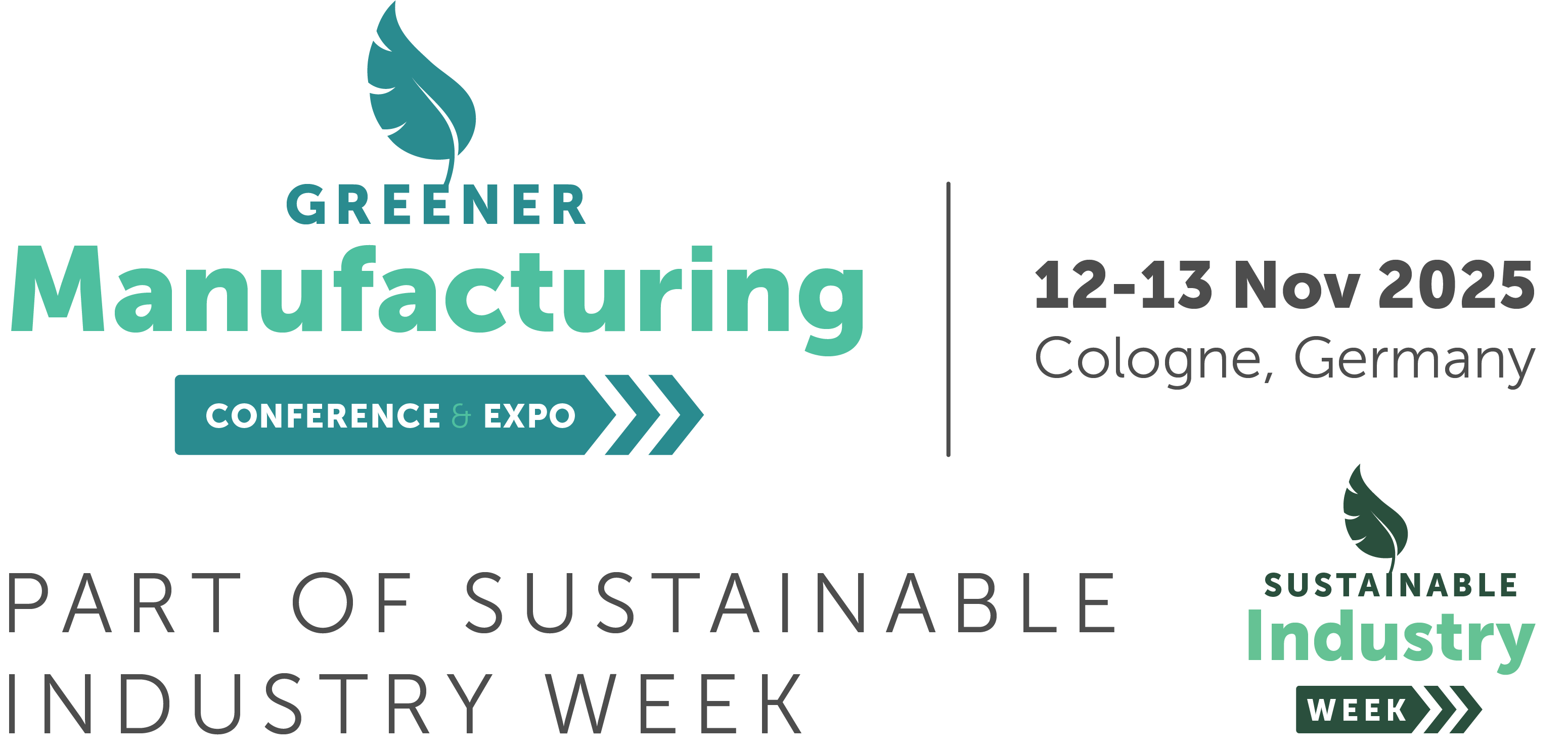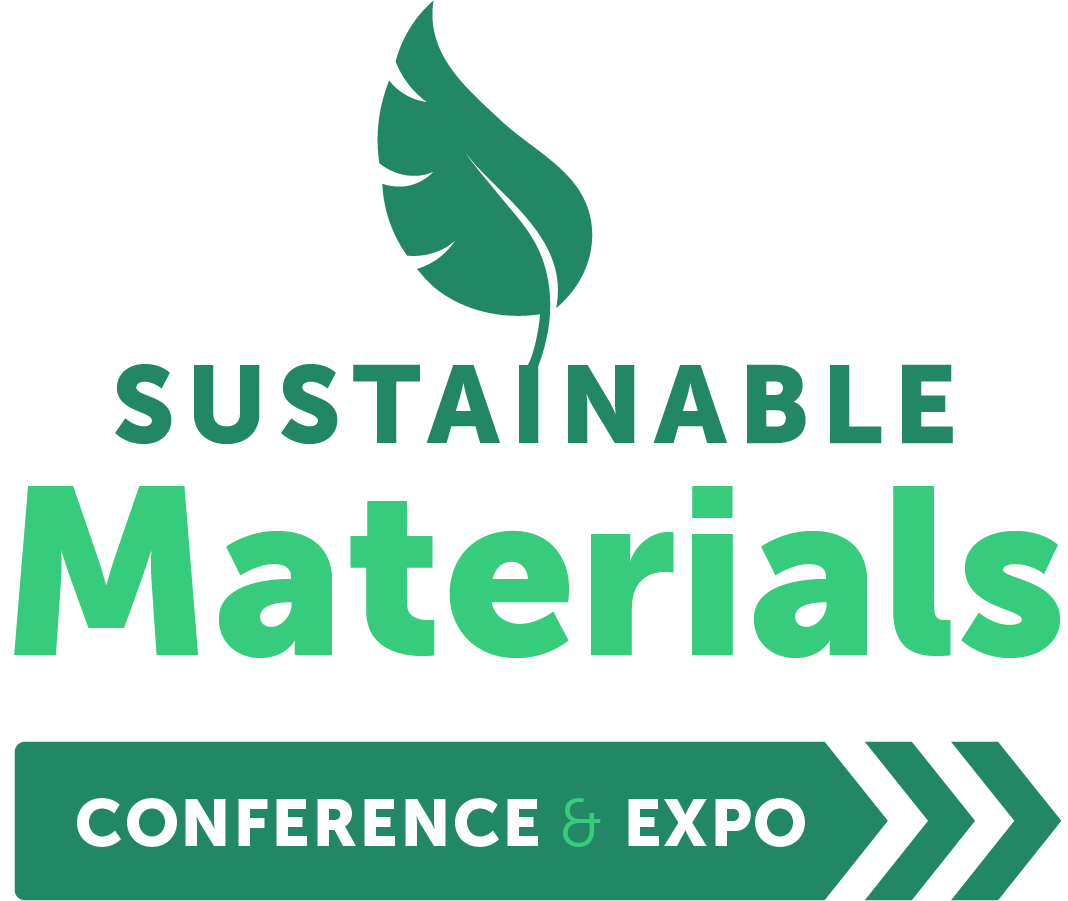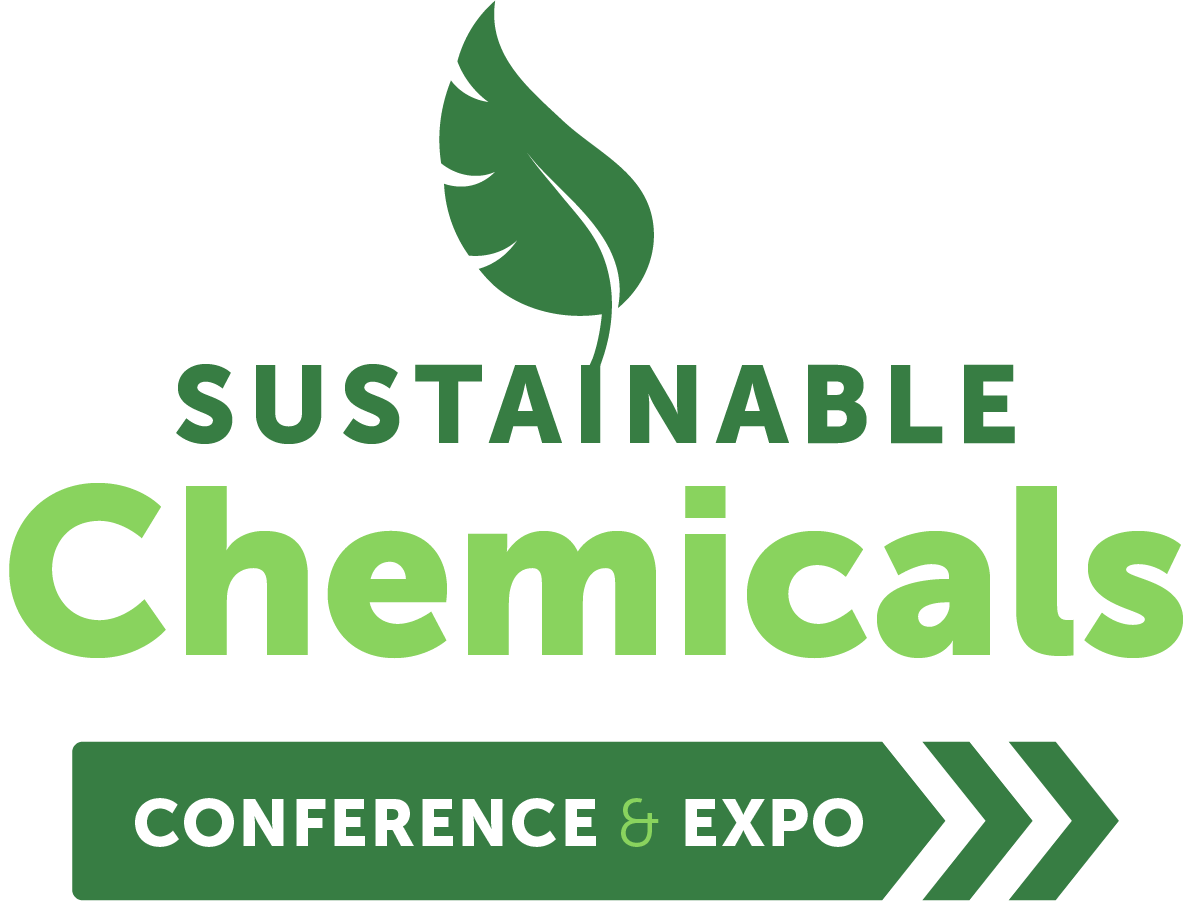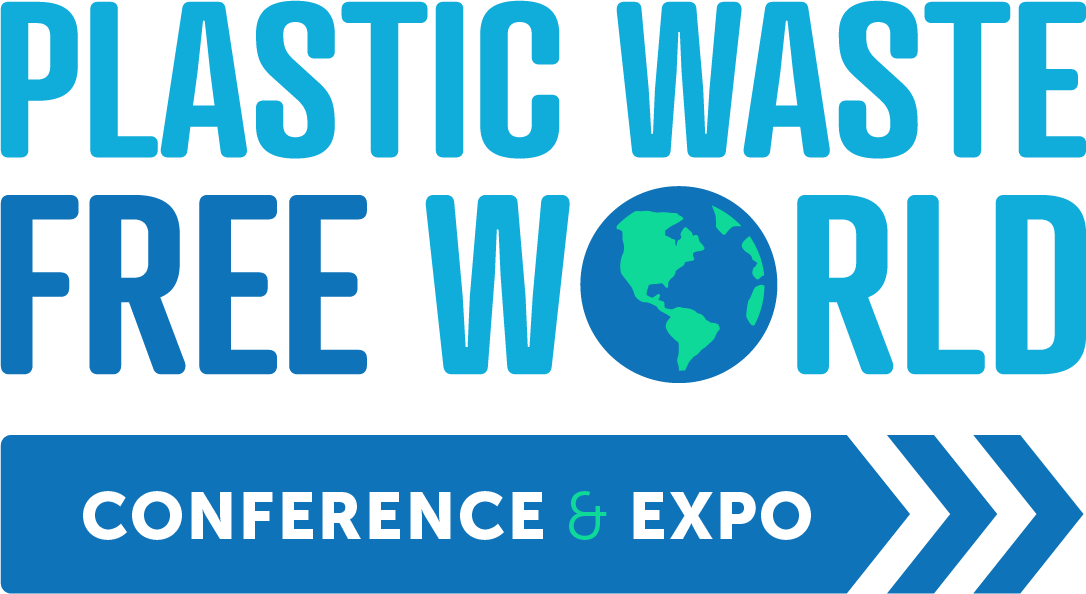Designing sustainable absorbent hygiene products focused on the entire product lifecycle
09 Nov 2023
Consumer Goods & Retail Packaging 23
Globally, around 550 billion absorbent hygiene products are used and discarded every year, resulting in millions of tons of non-biodegradable waste. Around 300 billion period products are discarded every year across the globe. Since conventional sanitary pads can contain up to 90% plastic, they remain unchanged in landfills for around 500-600 years after disposal. The absorbent hygiene products industry should consider the entire product life-cycle, right from selecting its raw materials to its disposal. When we design our products, we should also focus on the end-of-life scenarios and work towards transitioning form liner economy to circular economy. To address these issues, we designed our sanitary pads in such a way that whether they end up in a landfill, or in an incinerator, or in a compost pit, they offer a more sustainable alternative when compared to their conventional counterpart. When tested according to ISO 14855 (determination of the ultimate aerobic biodegradability of plastic materials under controlled composting conditions) by a leading independent European lab, Sparkle pads reached 90% biodegradation in less than 90 days. According to the standard, the test sample should reach 90% biodegradation in 180 days to pass the test. When tested according to ISO 16929 (determination of the degree of disintegration of plastic material under defined composting conditions in a pilot-scale test), Sparkle pads reached a disintegration percentage of 100% in less than 8 weeks. According to the standard, 90% of test material should disintegrate and break down into pieces smaller than 2 mm in size after 12 weeks. We have also designed a disposal program called "The GreenCycle" that focuses on collection of used sanitary pads and transforms them into compost or biochar so that they can safely go back to nature instead of ending up in incinerators, landfills or oceans.





